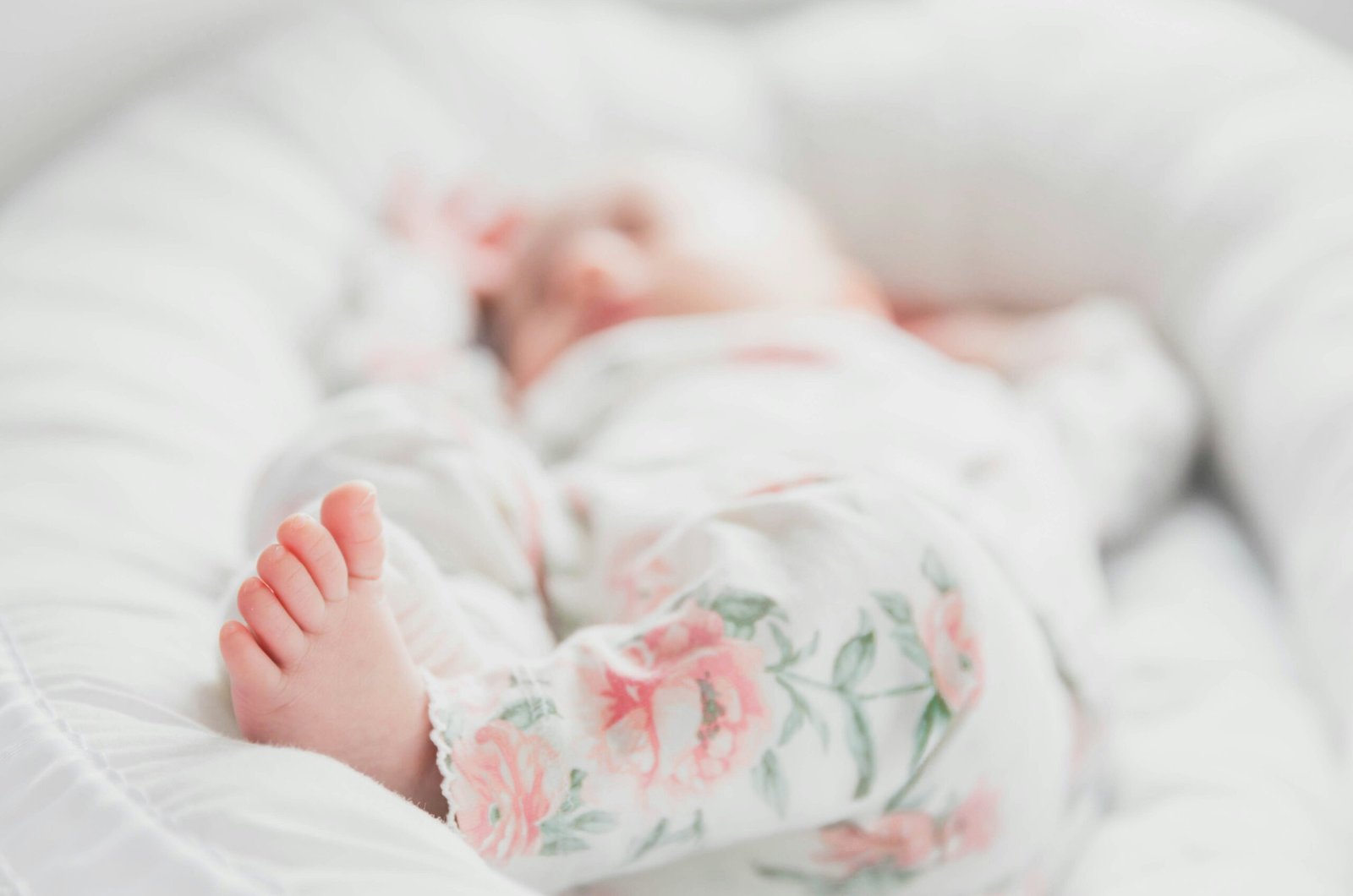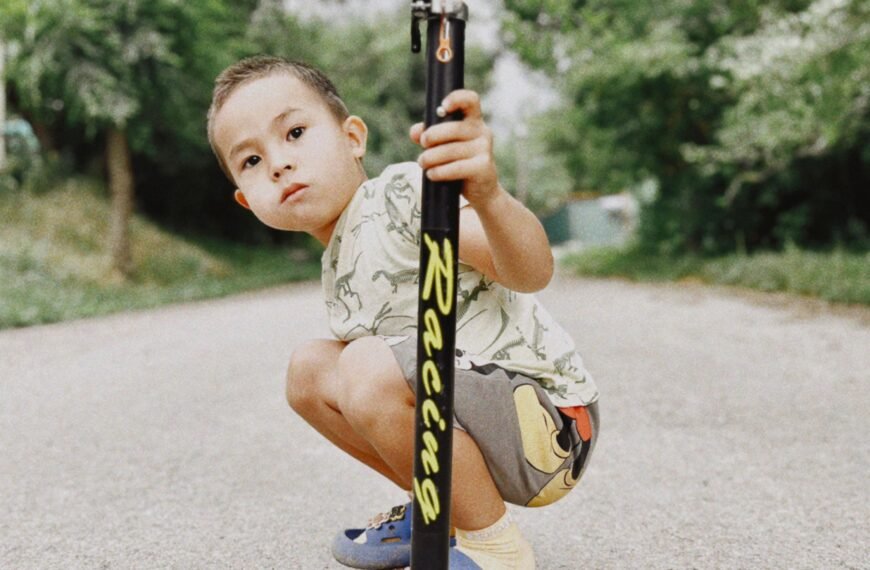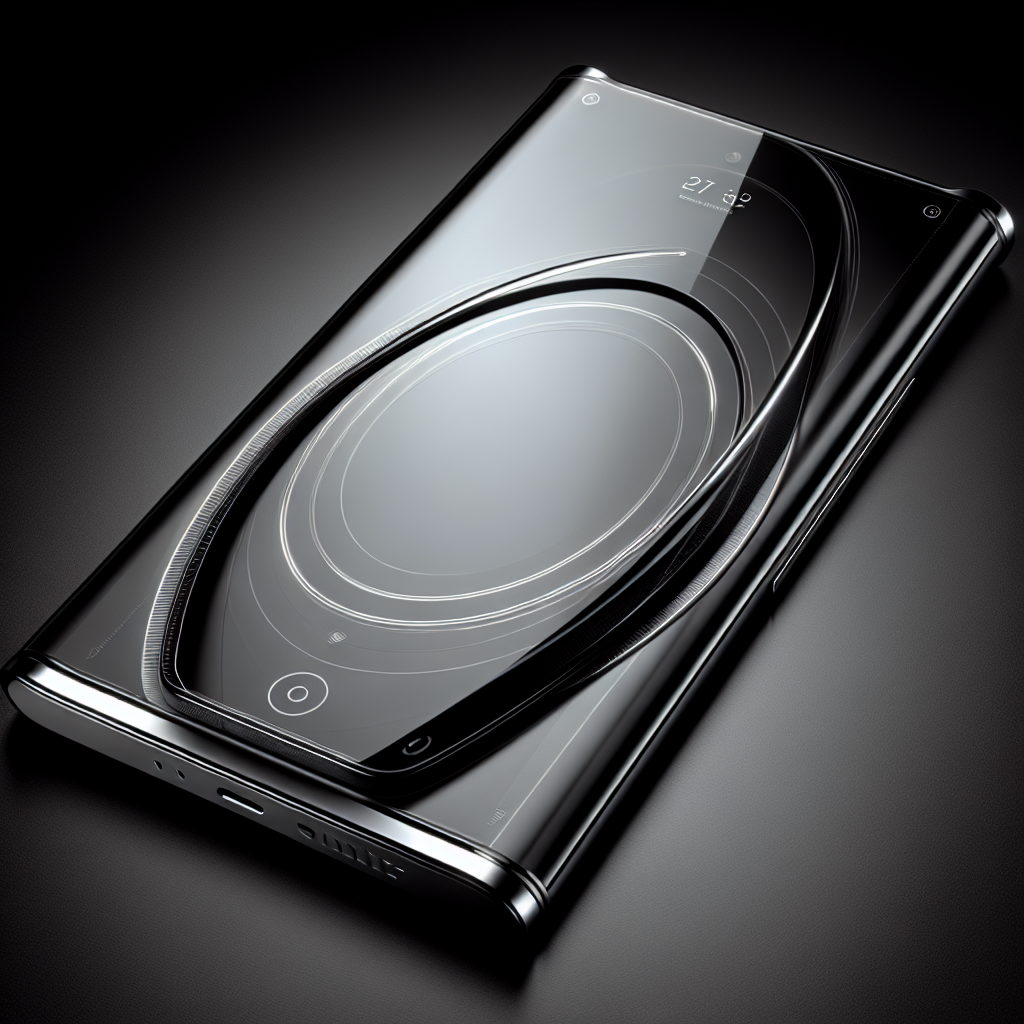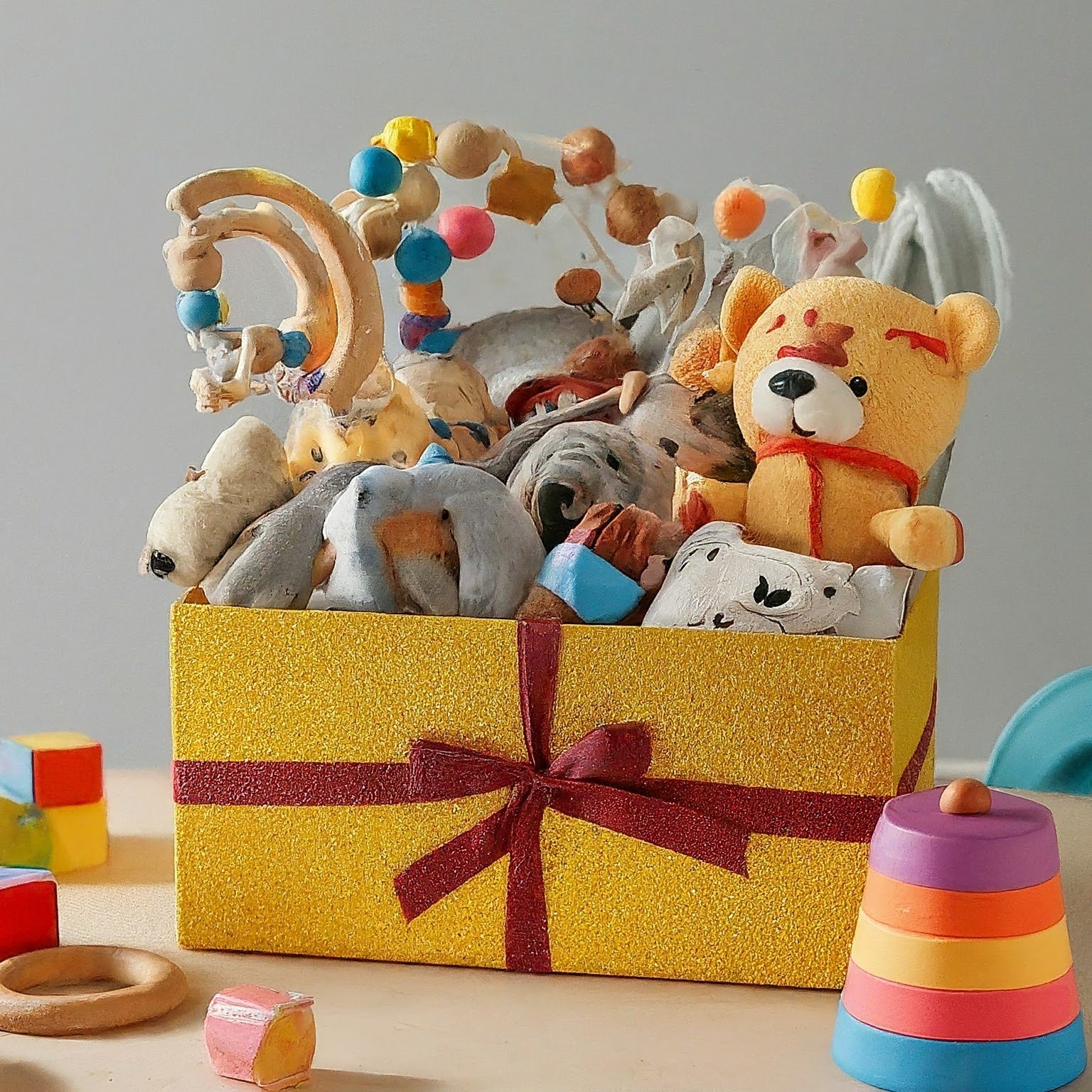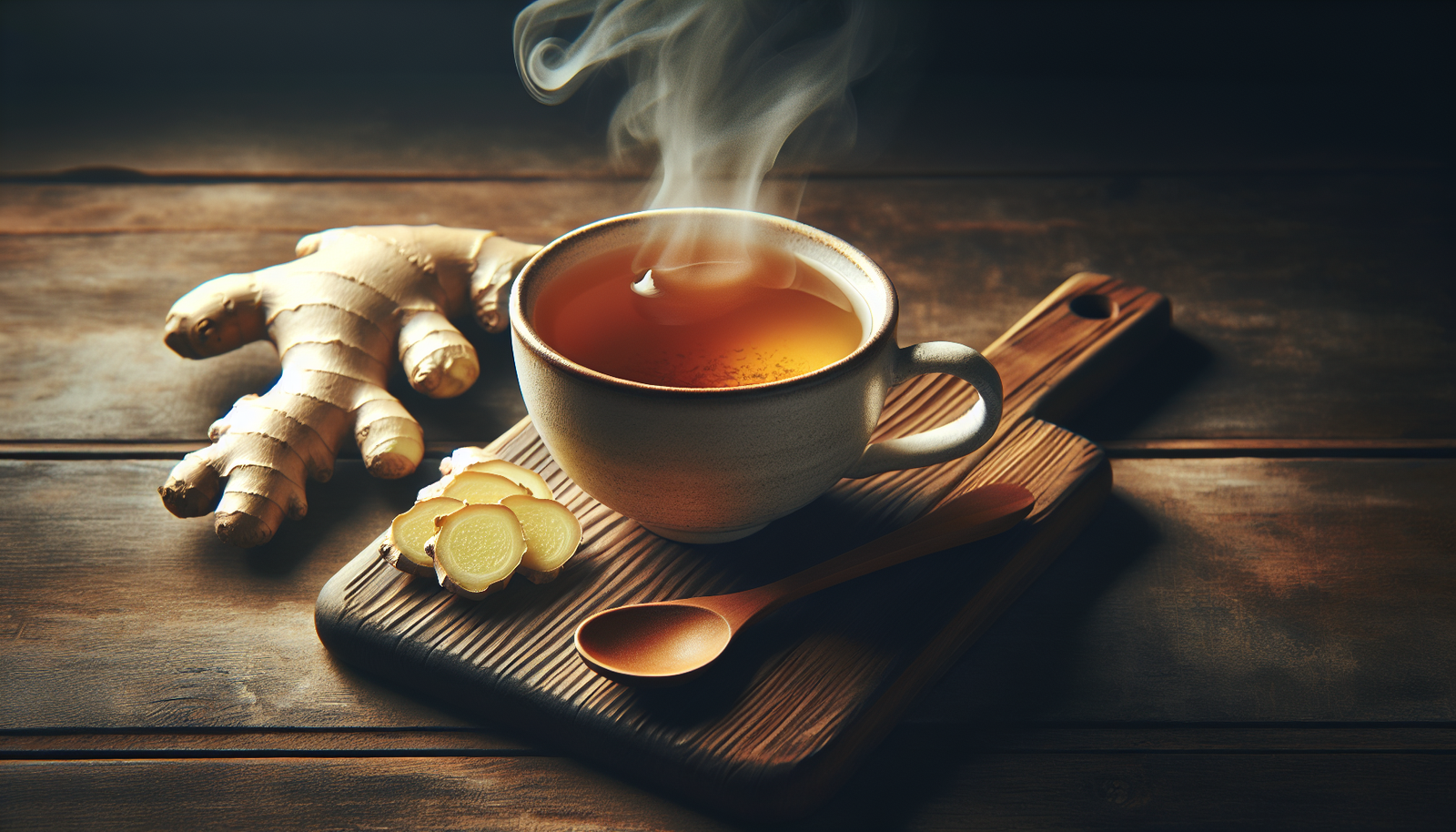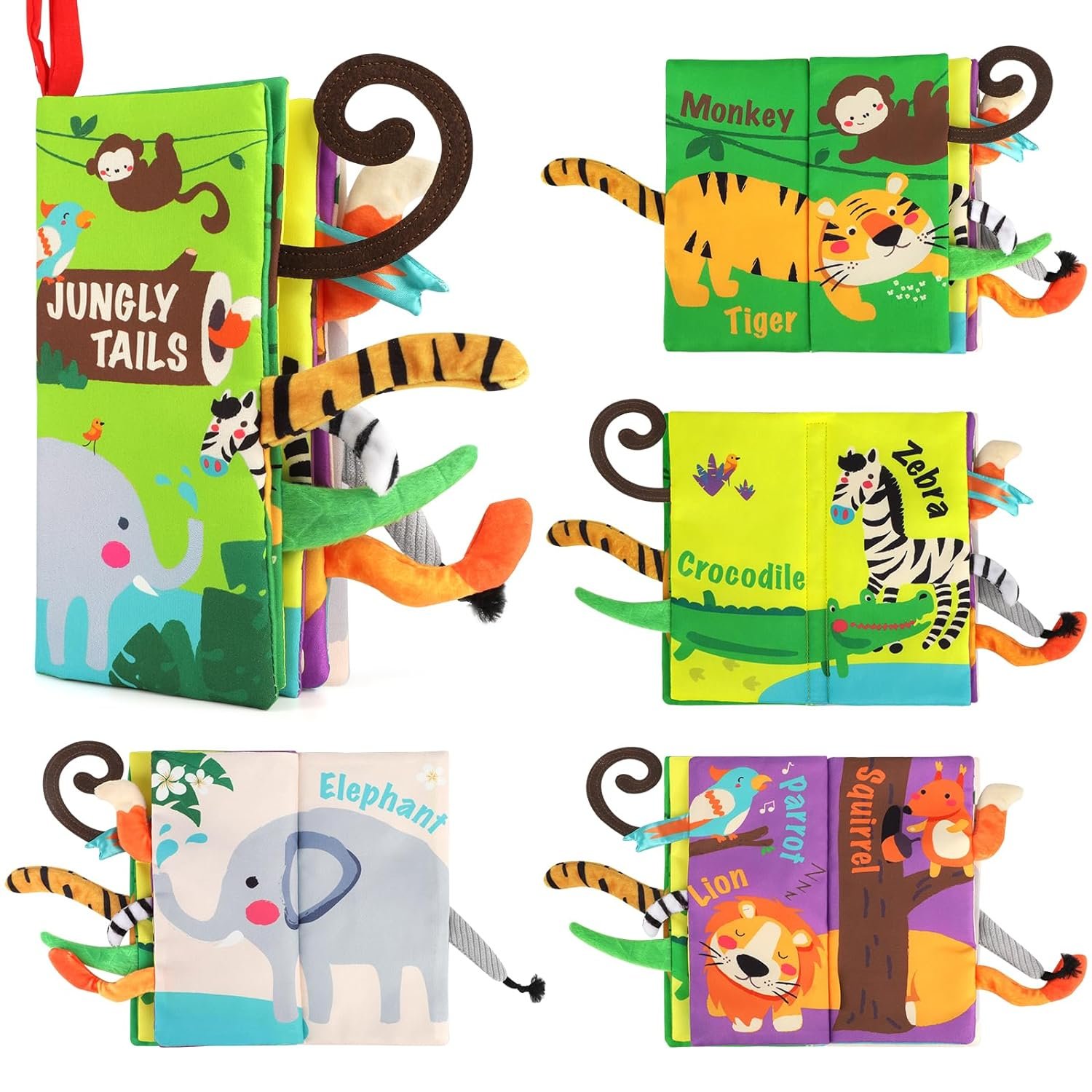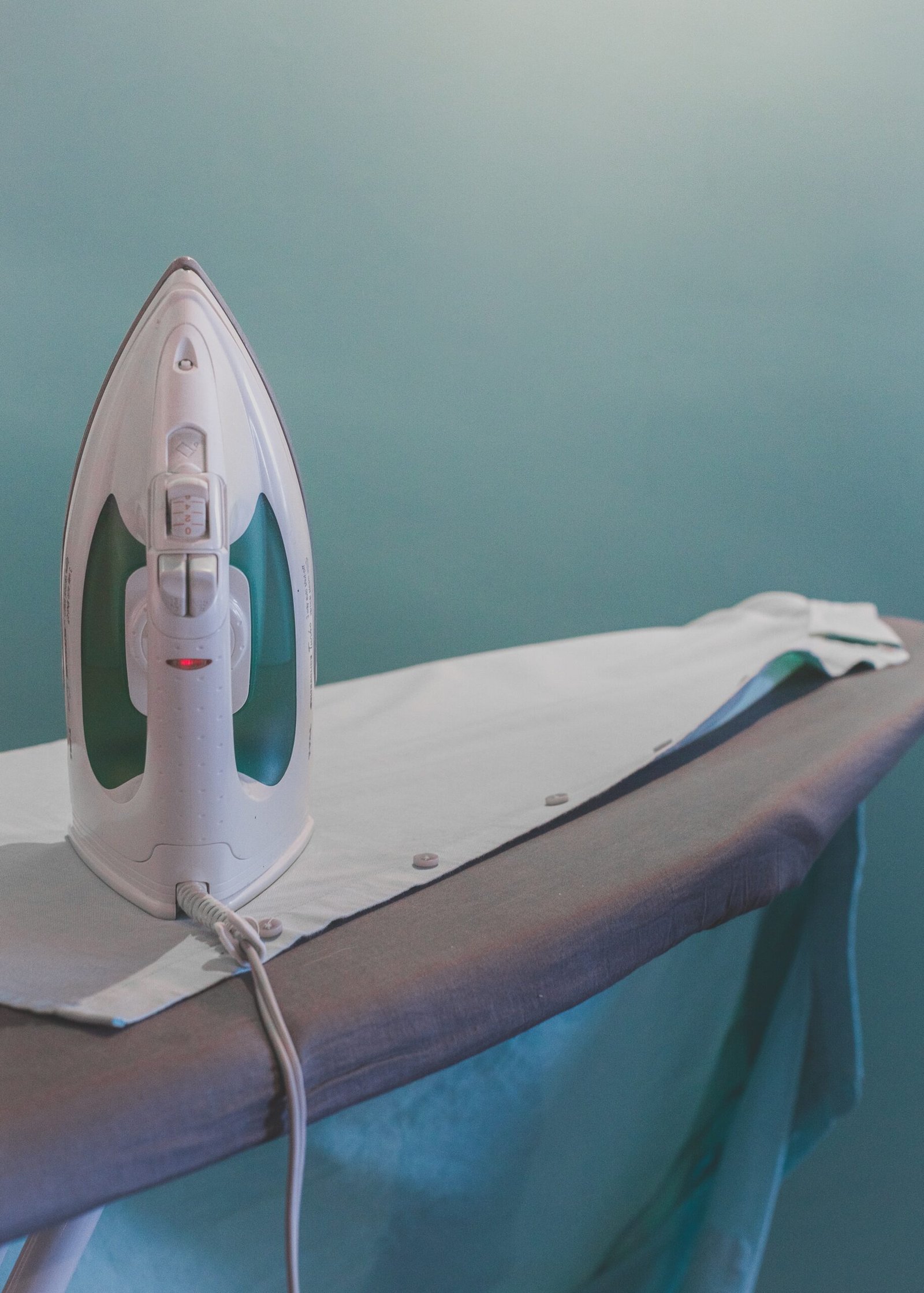Keeping your baby’s toys clean and germ-free is crucial for their health and well-being. But with so many options out there, it can be overwhelming to decide what products to use. In this article, we will explore the best ways to clean baby toys, discussing safe and effective cleaning solutions that will give you peace of mind while keeping your little one’s favorite playthings spotless. Say goodbye to worries about bacteria and say hello to a happy and healthy playtime for your baby!
Check Baby Toys Guide & Review
Cleaning baby toys
Introduction
Keeping your baby’s toys clean is an essential part of maintaining a safe and healthy environment for your little one. As babies explore the world around them, they often put toys in their mouths, making them more susceptible to germs and bacteria. Regular cleaning of baby toys is important to prevent the spread of illnesses and to ensure that your baby is playing with clean and hygienic toys.
Why is it important to clean baby toys?
Cleaning baby toys is crucial to maintain good hygiene and to prevent the spread of germs and bacteria. Babies have developing immune systems, and exposure to harmful bacteria can lead to illnesses and infections. Regular cleaning of toys also helps to remove dirt, dust, and potential allergens, promoting a healthier environment for your baby.
When should you clean baby toys?
It is recommended to clean baby toys regularly, especially those that your baby frequently puts in their mouth. Ideally, you should clean toys at least once a week, or more frequently if your baby has been sick or if the toys have been exposed to dirt or other contaminants. Additionally, it’s important to clean toys before first-time use if they are not brand new.
Different types of baby toys
Baby toys come in a variety of materials, each requiring different cleaning methods. Some common types of baby toys include hard-surface toys, plush toys, bath toys, wooden toys, teething toys, electronic toys, fabric-based toys, and sensory toys. Let’s explore the cleaning tips specific to each type of toy.
Cleaning toys with hard surfaces
Materials safe for cleaning hard-surface toys
For cleaning hard-surface toys, you can use mild dish soap, water, and a clean cloth or sponge. Make sure to choose a dish soap that is free of harsh chemicals and fragrances. Additionally, disinfecting wipes or a solution of equal parts water and white vinegar can be used for disinfecting purposes.
Steps to clean hard-surface toys
- Start by removing any visible dirt or debris from the toy.
- Fill a sink or basin with warm water and a small amount of mild dish soap.
- Use a clean cloth or sponge to gently scrub the toy, paying extra attention to any crevices or hard-to-reach areas.
- Rinse the toy thoroughly with clean water.
- If desired, you can disinfect the toy by wiping it with a disinfecting wipe or by applying a solution of equal parts water and white vinegar.
- Allow the toy to air dry before giving it back to your baby.
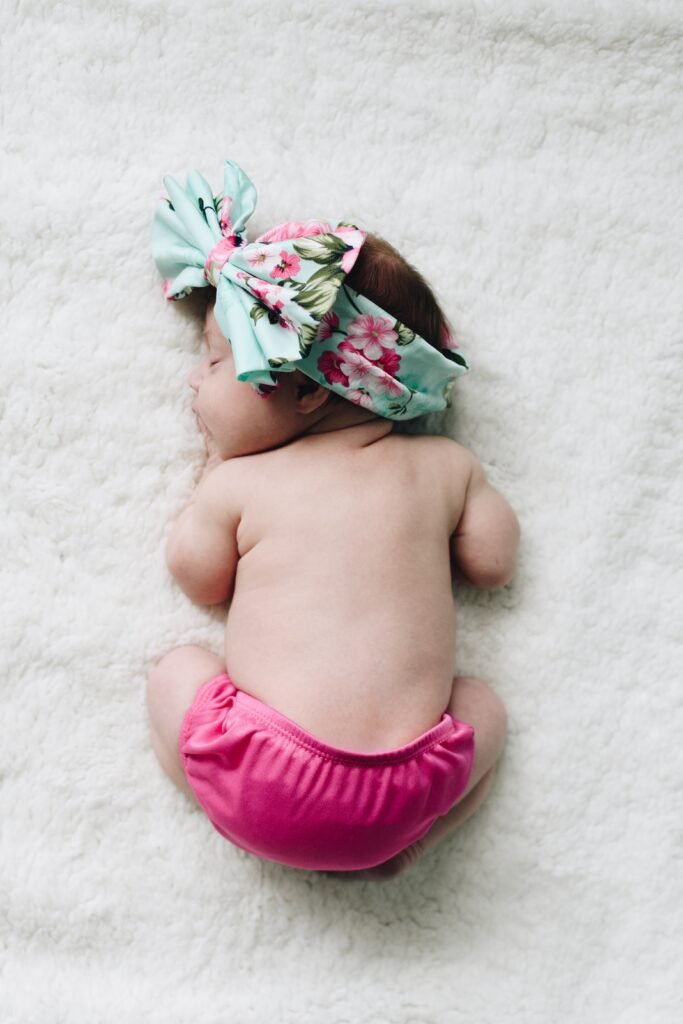
Cleaning plush toys
Materials safe for cleaning plush toys
For cleaning plush toys, you can use a mild detergent, water, a clean cloth or sponge, and a gentle laundry detergent specifically designed for baby items. Avoid using bleach or strong cleaning agents as they may damage the stuffed toy.
Steps to clean plush toys
- Check the care label on the plush toy for any specific cleaning instructions.
- If the toy is machine washable, place it in a pillowcase or laundry bag to protect it during the wash cycle. Use a gentle laundry detergent designed for baby items and follow the instructions on the detergent packaging.
- If the plush toy is not machine washable, you can spot clean it using a clean cloth or sponge dipped in a mixture of mild detergent and water.
- Gently scrub the plush toy, paying attention to any stained or soiled areas.
- Rinse the toy thoroughly with clean water to remove any soap residue.
- Squeeze out any excess water and let the plush toy air dry completely before returning it to your baby.
Cleaning bath toys
Materials safe for cleaning bath toys
Bath toys can accumulate bacteria and mold due to their exposure to water and moisture. To clean bath toys, you will need mild dish soap, water, and a clean sponge or cloth. A mixture of equal parts water and white vinegar can be used for removing mold or mildew.
Steps to clean bath toys
- Start by filling a sink or basin with warm water and a small amount of mild dish soap.
- Immerse the bath toys in the soapy water.
- Use a clean sponge or cloth to scrub the toys, particularly focusing on any visible dirt or grime.
- Rinse the bath toys thoroughly with clean water.
- If there is any visible mold or mildew on the toys, create a mixture of equal parts water and white vinegar and soak the toys in it for about 10-15 minutes.
- Scrub the toys again to remove any lingering mold or mildew.
- Rinse the toys thoroughly with clean water to remove any vinegar residue.
- Allow the bath toys to air dry completely before storing them.

Cleaning wooden toys
Materials safe for cleaning wooden toys
Wooden toys can be cleaned using a mild dish soap, water, and a clean cloth or sponge. Additionally, a mixture of equal parts water and white vinegar can be used to disinfect wooden toys.
Steps to clean wooden toys
- Start by wiping the wooden toy with a clean cloth or sponge dipped in a mixture of mild dish soap and water.
- Pay extra attention to any sticky or soiled areas.
- Rinse the toy thoroughly with clean water.
- To disinfect the wooden toy, apply a solution of equal parts water and white vinegar using a clean cloth or sponge.
- Wipe the toy with the vinegar solution, ensuring that all surfaces are covered.
- Rinse the toy again with clean water to remove any vinegar residue.
- Allow the wooden toy to air dry completely before allowing your baby to play with it.
Cleaning teething toys
Materials safe for cleaning teething toys
Teething toys should be cleaned regularly, as they frequently come into contact with your baby’s mouth. To clean teething toys, you can use warm water, mild dish soap, and a clean cloth or sponge. Additionally, a solution of equal parts water and white vinegar can be used for disinfecting purposes.
Steps to clean teething toys
- Start by rinsing the teething toy with warm water to remove any visible dirt or debris.
- Apply a small amount of mild dish soap to a clean cloth or sponge and gently scrub the toy.
- Rinse the toy thoroughly with clean water to remove any soap residue.
- If desired, you can disinfect the teething toy by wiping it with a solution of equal parts water and white vinegar.
- Rinse the toy again with clean water to remove any vinegar residue.
- Allow the teething toy to air dry completely before giving it back to your baby.

Cleaning electronic toys
Materials safe for cleaning electronic toys
Cleaning electronic toys requires special care to avoid damaging the delicate components. To clean electronic toys, you can use a mixture of mild dish soap and water, along with a clean cloth or sponge. It is important to avoid submerging electronic toys in water or using harsh chemicals.
Steps to clean electronic toys
- Start by removing any batteries from the electronic toy and wiping the surface with a clean cloth or sponge dipped in a mixture of mild dish soap and water.
- Be cautious not to let any water drip into the electronic components.
- Gently scrub the toy, paying attention to any sticky or dirty areas.
- Rinse the toy with a slightly damp cloth to remove any soap residue.
- Use a dry cloth to wipe away any excess moisture.
- Ensure not to use excessive water or submerge the electronic toy in any liquid.
- Allow the toy to air dry completely before reinserting the batteries or giving it back to your baby.
Cleaning fabric-based toys
Materials safe for cleaning fabric-based toys
For cleaning fabric-based toys, you can use a mild detergent specifically designed for baby items, warm water, and a clean cloth or sponge. It is crucial to avoid using bleach or strong cleaning agents that may damage the fabric.
Steps to clean fabric-based toys
- Check the care label on the fabric-based toy for any specific washing instructions.
- If the toy is machine washable, place it in a pillowcase or laundry bag to protect it during the wash cycle. Use a gentle laundry detergent designed for baby items and follow the washing instructions on the label.
- If the fabric-based toy is not machine washable, you can spot clean it using a clean cloth or sponge dipped in a mixture of mild detergent and warm water.
- Gently scrub the toy, paying attention to any stained or soiled areas.
- Rinse the toy thoroughly with clean water to remove any soap residue.
- Squeeze out any excess water and let the fabric-based toy air dry completely before returning it to your baby.
Cleaning sensory toys
Materials safe for cleaning sensory toys
Sensory toys often have multiple elements, such as different textures and materials. To clean sensory toys, you can use mild dish soap, warm water, and a clean cloth or sponge. It’s important to follow any specific cleaning instructions provided by the manufacturer.
Steps to clean sensory toys
- Start by examining the sensory toy and identifying any removable components.
- Remove any detachable parts and clean them separately, following the appropriate cleaning instructions.
- For the main body of the sensory toy, create a mixture of mild dish soap and warm water in a basin or sink.
- Immerse the toy or use a clean cloth or sponge to gently scrub it, paying attention to all the different textures and surfaces.
- Rinse the toy thoroughly with clean water to ensure the removal of any soap residue.
- Allow the sensory toy to air dry completely before reattaching any detachable parts or giving it back to your baby.
Disinfecting baby toys
Importance of disinfecting baby toys
Apart from regular cleaning, periodically disinfecting baby toys is important to eliminate germs and bacteria, especially during cold and flu seasons. Disinfecting helps to reduce the risk of illnesses and keep your baby safe and healthy.
Materials safe for disinfecting baby toys
To disinfect baby toys, you can use a solution of equal parts water and white vinegar or a mild bleach solution of 1 tablespoon of bleach per gallon of water. Ensure that the bleach is unscented and suitable for disinfection purposes. It is crucial to thoroughly rinse off the disinfectant after use.
Steps to disinfect baby toys
- Prepare a solution of equal parts water and white vinegar or a mild bleach solution.
- Immerse the toys in the disinfectant solution, ensuring that all surfaces are submerged.
- Allow the toys to soak in the solution for approximately 10-15 minutes.
- Carefully remove the toys from the disinfectant solution and rinse them thoroughly with clean water.
- Make sure to rinse off all traces of the disinfectant to prevent potential harm to your baby.
- Allow the toys to air dry completely before giving them back to your baby.
By following these comprehensive cleaning tips, you can ensure that your baby’s toys remain clean, safe, and germ-free. Regular cleaning and disinfection will not only protect your baby from potential illnesses but also extend the lifespan of the toys, allowing your little one to enjoy them for longer periods. Remember to always read and follow any specific cleaning instructions provided by the toy manufacturer, and enjoy watching your baby explore the world with clean and hygienic toys.

